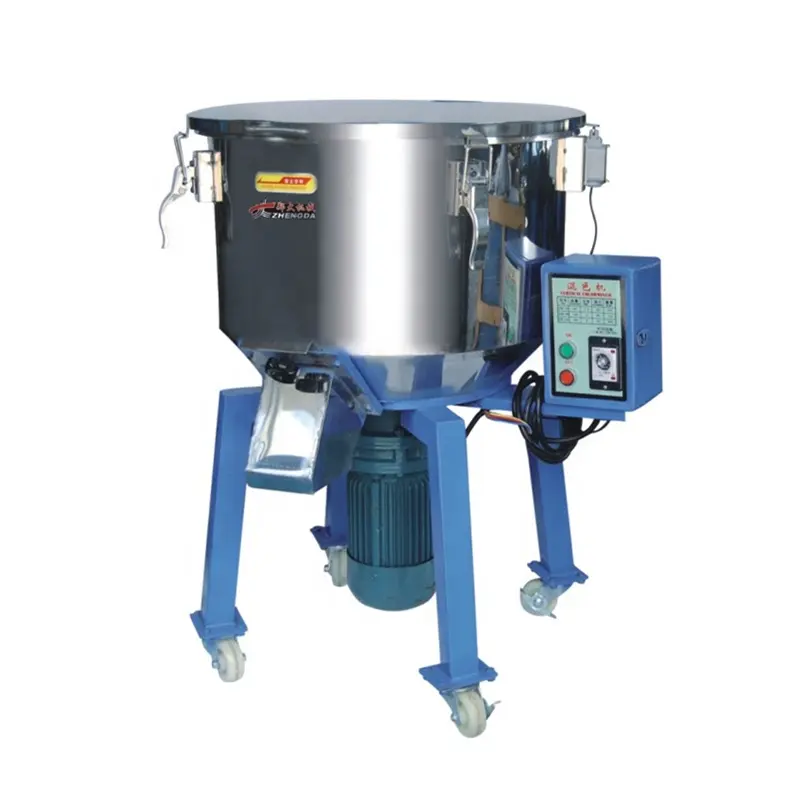evaporative cooling pad for greenhouse
Nov . 21, 2024 04:42 Back to list
evaporative cooling pad for greenhouse
Understanding Evaporative Cooling Pads for Greenhouses
As greenhouse operations expand globally to meet the demand for fresh produce, optimizing climate control within these structures has become crucial. One of the most effective methods to regulate temperature and humidity in greenhouses is through the use of evaporative cooling pads. This article explores the functionality, benefits, and considerations of evaporative cooling pads in enhancing greenhouse environments.
What are Evaporative Cooling Pads?
Evaporative cooling pads are specially designed materials that absorb water and facilitate evaporation, thereby cooling the air that passes through them. These pads can be made from various materials, including cellulose, aspen, or synthetic fibers, which are highly efficient at absorbing moisture. When warm air enters the greenhouse and flows through these saturated pads, the water in the pads evaporates, drawing heat from the air and reducing its temperature. This process not only cools the air but also increases its humidity, which can be beneficial for plant growth.
How Do They Work?
The science behind evaporative cooling relies on the principles of thermodynamics. As water evaporates from the pad, it absorbs heat from the incoming air, resulting in a temperature drop. This process is particularly effective in hot, arid climates, where the relative humidity is low. The efficiency of evaporative cooling pads increases as the temperature rises and the humidity level remains low, making them an ideal solution for many greenhouse environments.
The installation of these pads typically involves setting them on one side of the greenhouse. Fans are placed on the opposite end to draw air through the pads, creating a continuous airflow. This system not only ensures effective cooling but also helps in maintaining consistent temperature levels throughout the greenhouse.
Benefits of Evaporative Cooling Pads
1. Cost-Effectiveness One of the main advantages of evaporative cooling pads is their low operational cost. Compared to traditional air conditioning systems, which require significant energy inputs, evaporative cooling pads rely primarily on water and minimal electricity for fans.
evaporative cooling pad for greenhouse

2. Sustainability In an era where sustainability is paramount, evaporative cooling represents an eco-friendly option. They use water as a coolant, which is a renewable resource, and generally have a lower carbon footprint compared to mechanical cooling systems.
3. Improved Crop Yields Maintaining optimal growing conditions can lead to enhanced plant growth and improved yields. The increase in humidity provided by the cooling pads can also benefit certain plant species, encouraging healthy development and reducing stress caused by heat.
4. Versatility These cooling pads can be used in various greenhouse types and sizes, making them a versatile solution for growers. Whether small or large-scale operations, evaporative cooling systems can be tailored to fit different needs.
5. Reduced Thermal Stress High temperatures can lead to thermal stress in plants, impacting photosynthesis and overall health. By keeping the greenhouse cool, evaporative cooling pads minimize the risk of heat-related plant stress.
Considerations and Challenges
While evaporative cooling pads offer numerous benefits, there are some considerations to keep in mind. For instance, the effectiveness of evaporative cooling can be hampered in areas with high humidity, as the air has less capacity to absorb additional moisture. In such cases, hybrid systems that combine different cooling techniques may be necessary.
Furthermore, regular maintenance of the cooling pads is essential to ensure their efficiency. Accumulated debris, mineral deposits, or algae growth can affect water absorption and airflow, potentially diminishing cooling performance.
Conclusion
Evaporative cooling pads represent a significant advancement in the climate control strategy for greenhouses. They provide an energy-efficient, cost-effective, and environmentally friendly alternative to traditional cooling technologies. Understanding how these systems function, their benefits, and potential challenges enables greenhouse operators to make informed decisions about their climate management strategies. As the agricultural industry continues to evolve, embracing innovative solutions like evaporative cooling pads will be crucial in achieving sustainable and productive farming practices.
-
Automatic Feeding Line System-Pan Feeder Nipple Drinker|Anping County Yize Metal Products Co., Ltd.
NewsJul.29,2025
-
Hot Sale 24 & 18 Door Rabbit Cages - Premium Breeding Solutions
NewsJul.25,2025
-
Automatic Feeding Line System Pan Feeder Nipple Drinker - Anping County Yize Metal Products Co., Ltd.
NewsJul.21,2025
-
Automatic Feeding Line System Pan Feeder Nipple Drinker - Anping County Yize Metal Products Co., Ltd.
NewsJul.21,2025
-
Automatic Feeding Line System - Anping Yize | Precision & Nipple
NewsJul.21,2025
-
Automatic Feeding Line System - Anping Yize | Precision & Nipple
NewsJul.21,2025






